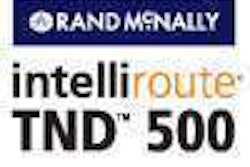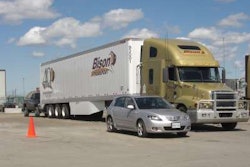The U.S. Department of Transportation today, Sept. 16, released the agenda for the Distracted Driving Summit on Tuesday, Sept. 30 and Wednesday, Oct. 1. More than 200 safety experts, researchers, elected officials and members of the public will gather in Washington, D.C., to share their experiences, provide feedback and develop recommendations for reducing safety risks presented by distracted driving.
“We must act now to stop distracted driving from becoming a deadly epidemic on our nation’s roadways,” U.S. Transportation Secretary Ray LaHood says. “This summit will give safety leaders from across the nation a forum to identify, target and tackle the fundamental elements of this problem.”
The Distracted Driving Summit will bring together respected leaders from across the country for interactive sessions on the extent and impact of the problem, current research, regulations, best practices and other key topics. The two-day event will feature five panels – on data, research, technology, policy and outreach – with a range of experts discussing each topic.
To accommodate the strong response, the summit will be available live by webcast, and members of the public will be given the opportunity to submit questions online for each individual panel discussion. The complete agenda and additional information about the summit can be found here.
The summit will begin with a context-setting panel where participants will examine the scope of the issue and the various distractions that exist, followed by a panel that will review currently available research. Day one wraps up with an examination of distractions caused by technology and efforts made to assess and reduce negative effects caused by current and planned devices. Panelists also will consider technology that can prevent the consequences of driver distraction.
Day two features a review of legislative and regulatory approaches for dealing with distracted driving, evaluations of the impact of such measures, and enforcement issues. Members of Congress and their staff also will have the opportunity to contribute to the discussion. Day two concludes with a discussion with teens about their experiences with distracted driving, followed by an examination of various public awareness initiatives and research regarding the effectiveness of these efforts.










